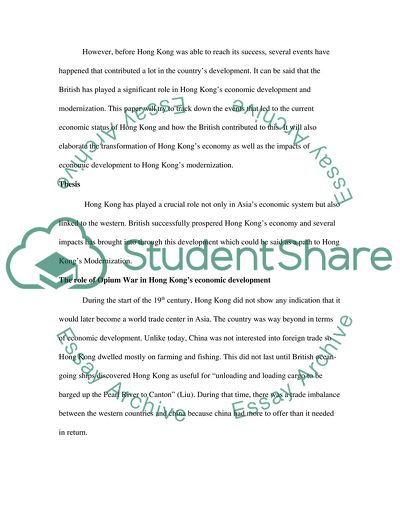Cite this document
(Hong Kong: Its Economy and Modernization Research Paper, n.d.)
Hong Kong: Its Economy and Modernization Research Paper. Retrieved from https://studentshare.org/macro-microeconomics/1721930-hong-kong-its-economy-and-modernization
Hong Kong: Its Economy and Modernization Research Paper. Retrieved from https://studentshare.org/macro-microeconomics/1721930-hong-kong-its-economy-and-modernization
(Hong Kong: Its Economy and Modernization Research Paper)
Hong Kong: Its Economy and Modernization Research Paper. https://studentshare.org/macro-microeconomics/1721930-hong-kong-its-economy-and-modernization.
Hong Kong: Its Economy and Modernization Research Paper. https://studentshare.org/macro-microeconomics/1721930-hong-kong-its-economy-and-modernization.
“Hong Kong: Its Economy and Modernization Research Paper”, n.d. https://studentshare.org/macro-microeconomics/1721930-hong-kong-its-economy-and-modernization.


